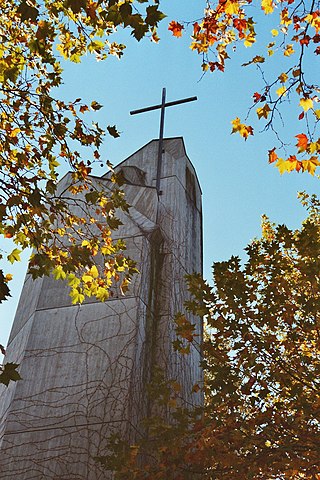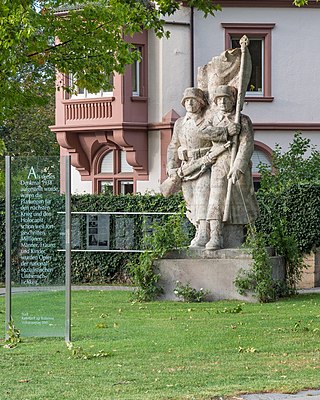6 Sights in Radolfzell am Bodensee, Germany (with Map and Images)
Legend
Welcome to your journey through the most beautiful sights in Radolfzell am Bodensee, Germany! Whether you want to discover the city's historical treasures or experience its modern highlights, you'll find everything your heart desires here. Be inspired by our selection and plan your unforgettable adventure in Radolfzell am Bodensee. Dive into the diversity of this fascinating city and discover everything it has to offer.
1. Homburg

Homburg Castle is the ruin of a high medieval hilltop castle near Stahringen, a district of Radolfzell on Lake Constance, and is thus located not far from the western shore of Lake Constance in the Hegau, district of Konstanz, Baden-Württemberg.
2. Christuskirche
The Christuskirche Radolfzell is the church of the Protestant parish of Radolfzell on Lake Constance, it belongs to the church district of Constance of the Evangelical Church in Baden and was built between 1964 and 1967 in the Bauhaus style by the architect Roland Mayer.
3. St. Zeno
The Church of St. Zeno is a Catholic church in the Radolfzell district of Stahringen. It is the seat of the parish of the same name in the pastoral care unit of St. Radolt-Radolfzell in the deanery of Constance of the Archdiocese of Freiburg.
4. St. Meinrad
The Church of St. Meinrad is a Roman Catholic church in Radolfzell, Germany. It is the seat of the parish of the same name in the pastoral care unit of St. Radolt Radolfzell, which belongs to the Deanery of Constance of the Archdiocese of Freiburg.
5. Wasserschloss Möggingen
The moated castle Möggingen is a former moated castle in the Radolfzell district of Möggingen in the district of Konstanz. After destruction in the Thirty Years' War, the castle was restored to its present form in the middle of the 17th century. Today, the building is home to the Radolfzell Ornithological Institute.
6. Kriegerdenkmal
The war memorial in Radolfzell was inaugurated on 22 May 1936. The sculptor was Paul Diesch from Constance, design and model came from Wilhelm Kollmar. Contrary to Control Council Directive No. 30 of 1946, the Nazi monument was not demolished for unexplained reasons, but only the Nazi insignia was removed. Until the late 1970s, the mutual aid association of members of the former Waffen-SS, supported by mayors and municipal councillors, held SS comradeship meetings and tributes to the fallen at the monument.
Share
How likely are you to recommend us?
Disclaimer Please be aware of your surroundings and do not enter private property. We are not liable for any damages that occur during the tours.




